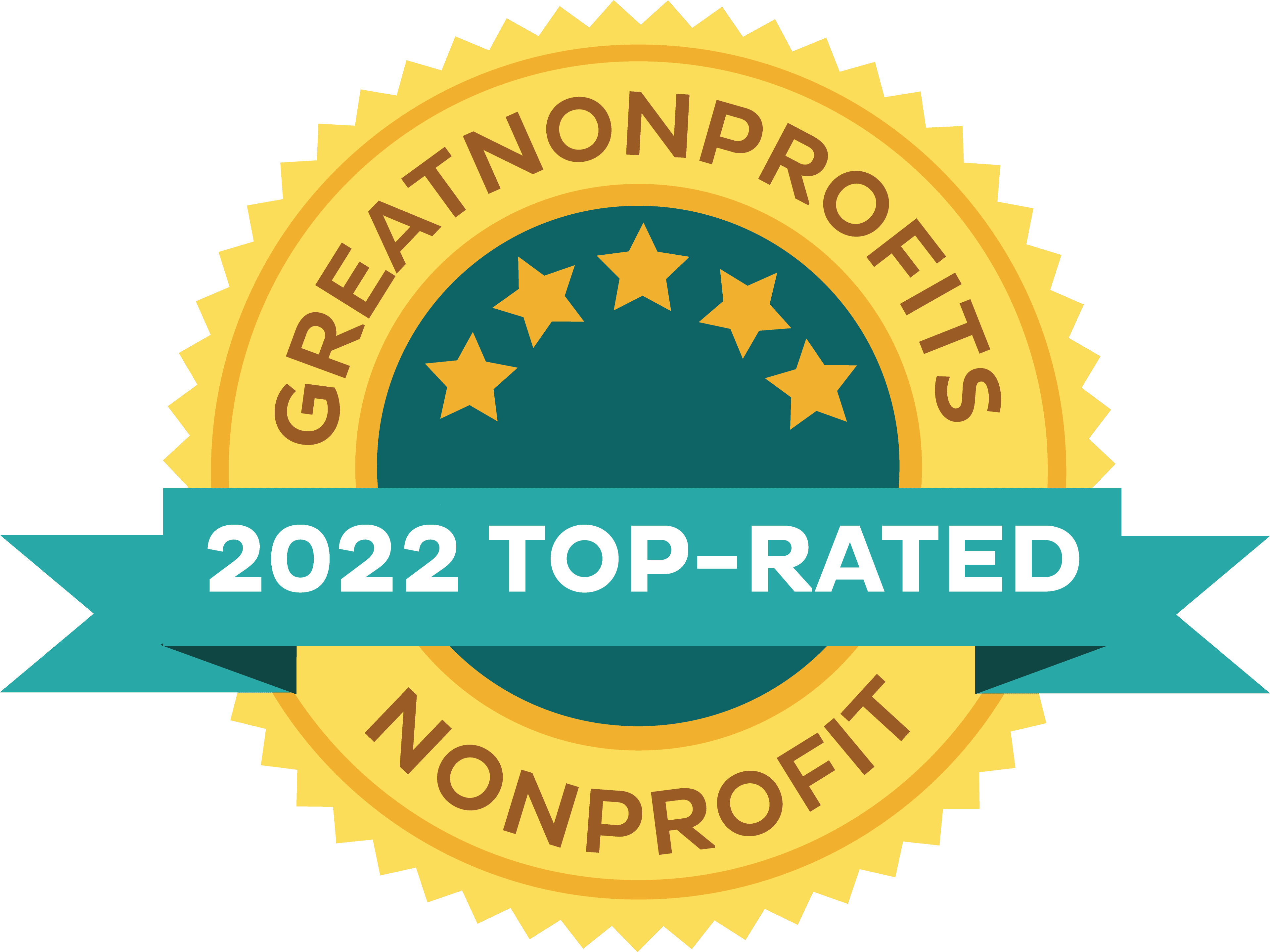Food Labeling
Food Labeling
For several decades now, governments around the world have been imposing stricter regulations on food producers to comply with labeling standards. Such compliance involves an added cost to producers, as well as to the government agencies tasked with the enforcement of these rules. Extra costs are invariably borne by consumers and taxpayers.
Current regulations in the U.S. were introduced in the 1990s by the Department of Agriculture and require nutritional information including calories, total fats, saturated fats, salt, and sugar, along with percentages of recommended average daily intake. This was intended to lead consumers towards making healthier food choices, yet in the years since the introduction of food labeling, obesity rates have soared.
Increasingly, governments are also trying to influence even the outer appearance of products, by insisting on plain packaging. This represents a dangerous overreach. Most consumers will understandably want to know exactly what they are buying, and food safety is an important issue.
However, this does not mean that the solution lies in businesses being penalized by the government. Rather, allowing consumers to make informed decisions would ultimately lead to a self-regulating market, instead of enforcing costly compliance to arbitrary regulations.
Issues surrounding food labeling
Any information that is provided by manufacturers on their packaging should be as accurate and useful as possible. Unfortunately, this is often difficult, since the definitions of low fat, GMO, organic, and diet, for example, can be vague or interpreted differently by various companies, or even consumers.
In order to achieve enforced regulatory compliance, companies have started to label their products using the phrase, ‘may contain.’ Such an easy option does little to help consumers, and the costly compliance system can end up being entirely ineffective.
Consumers may require information about food products to enable them to make healthy dietary choices, and a growing number of people suffer from food allergies, which can be fatal.
Potential negative feedback and any backlash following such an incident, where moral responsibility appears to rest with the manufacturer, would be more of an effective motivating force, than government sanctions.
Healthy dietary choices are not straightforward. When the current food labeling regulations were introduced, the emphasis was very strongly biased towards a low fat diet.
Recent research has challenged this view, now recommending healthy fats over carbohydrates, effectively rendering the previous information as arguably dangerous for health.
Reviewing and changing consumer information regularly is a huge and expensive task, whereas leaving the market to self regulate would be more efficient and relevant.
Small businesses in particular are disproportionately affected by the costs relating to compliance with regulations and insurance to protect against potential infringements. The U.S. government is trying to expand its reach to include more industries within the scope of labeling regulations. One example of this can be seen with delicatessens.
Government legislation around any industry gives rise to the problem of rent seeking. Large manufacturers or groups will lobby to exert influence in their favor, which can disadvantage small businesses even further.
In addition to nutritional information on labeling, some governments, notably in Chile, have recently gone a step further towards trying to impose ‘nanny state’ policies, by waging war on the use of cartoon characters on food packaging. Certain products, deemed too high in sugar or otherwise unhealthy for children, have had their advertising and packaging targeted, to remove the iconic brand character.
Similar regulation, resulting in the plain packaging of tobacco products, allegedly has not had a significant impact on rates of consumption. Pressure groups such as The European Consumer Organisation (BEUC) are calling for companies not to use cartoon characters in the marketing of products that they deem to be unhealthy.
Conversely, the Consumer Choice Center (CCC) has launched an initiative called “BrandsMatter!,” which aims to promote greater freedom of choice for consumers through protecting the rights of brands to advertise.
This is based on the premise that brands developed as a ‘self regulating form of consumer protection,’ according to CCC director, Fred Roeder. Plain packaging facilitates the propagation of poor quality imitations, which is detrimental to consumer interests.
Alternatives to government regulation
Legislation in food labeling usually only causes more problems than it solves. Defining the necessary framework, putting in place regulations, and then testing and policing their compliance, incurs a huge financial burden for a typically inefficient outcome, which often does little to promote consumer choice.
Consumer choice must form the basis of any system of food labeling, otherwise there is little use for this information. The government should not use labeling to attempt to influence consumers towards making officially sanctioned choices, especially since expert opinion often varies with each new research paper published.
Industry standards are of central importance. Private quality certification can be much more specific, effective, and needs-driven, than blanket government regulation. A market led, consumer-based system would allow self regulation to flourish, with profit being an efficient market incentive.
Why food labeling policy matters to SFL
At Students For Liberty, we believe in the importance of consumer choice, personal responsibility, and protecting the rights of businesses to promote their branded products. In the past number of decades, governments have gradually expanded the scale of their encroachment on these rights, at the expense of both producers and consumers. We believe that in order to promote a freer and healthier society, it is important to reverse this trend of interventionism and overreach.
















